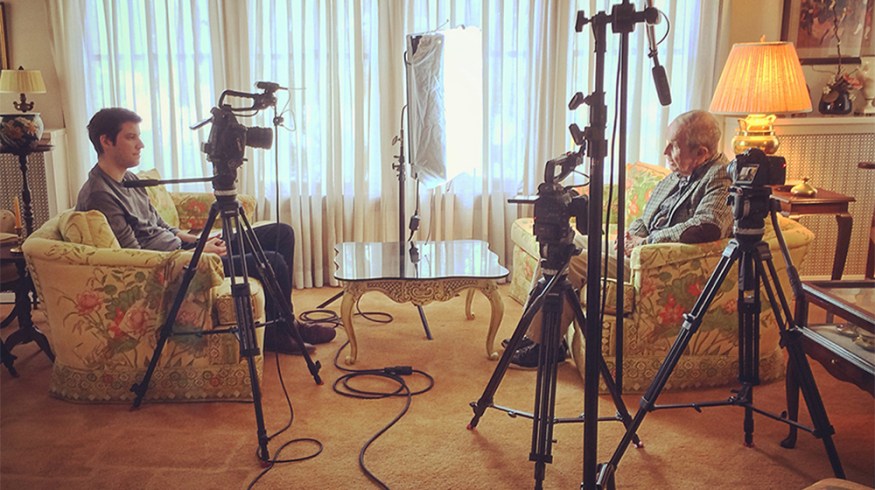
How to Use a Third Camera on Interview Shoots
When shooting professional interviews, a one or two camera setup is usually the norm. However, if you have the resources, a third camera can bring an extra dynamic to your productions. Here’s how.
Cover image via Brian Levin
Most filmmakers are familiar with standard A-cam and B-cam setups for interviews. If you’ve shot an interview with only one camera, you know how tricky it can be to work with the footage without having a different shot or angle to cut between. While it requires additional resources and management, a second camera opens lots of additional coverage opportunities.
Here’s an example of a two-camera set-up.
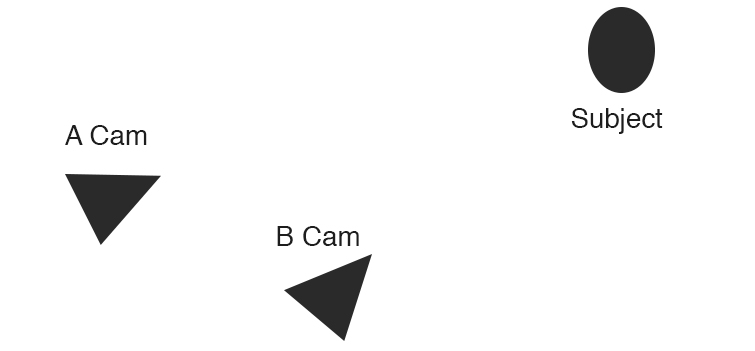
However, if you have the resources to use a third camera (and have an additional shooter to utilize), a third camera can be a huge help. Assuming you tripod the A-cam and B-cam, you can have the C-cam on a shoulder mount or move between setups (tripods, sliders, etc…) with an eye for creative filler shots. Here’s a diagram of the setup.
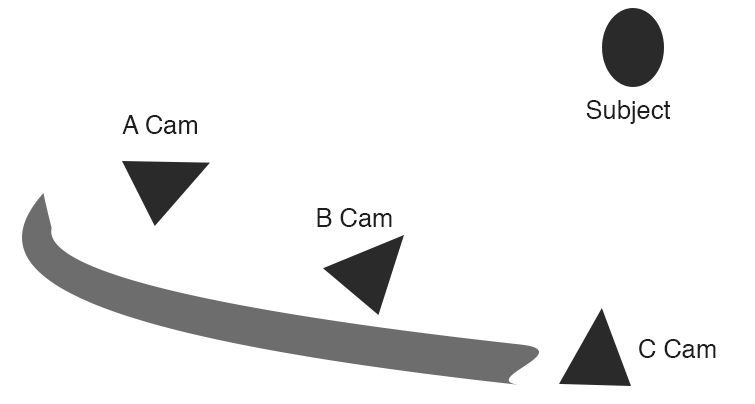
From your third angle, you can get a handful of other creative shots to use in your edit that you normally wouldn’t be able to try or risk. Feel free to get creative or use some of your own go-tos, but here are a few suggestions.
Rack In and Out of Focus
If you’re operating solo, you may need to conduct the interview with your whole focus. However, if you have a producer or interviewer to help, but need to manage the cameras yourself, you can set the A-cam and B-cams on tripods for steady shots. (Be sure to allow for enough depth of field in case the subject moves forward and backward while talking.)
This should free you up to operate a third free-motion camera where you can take liberties like working with some in and out of focus tricks. When done at the right times, a nice focus rack can add emphasis to your edit.
Extreme Wide Shots
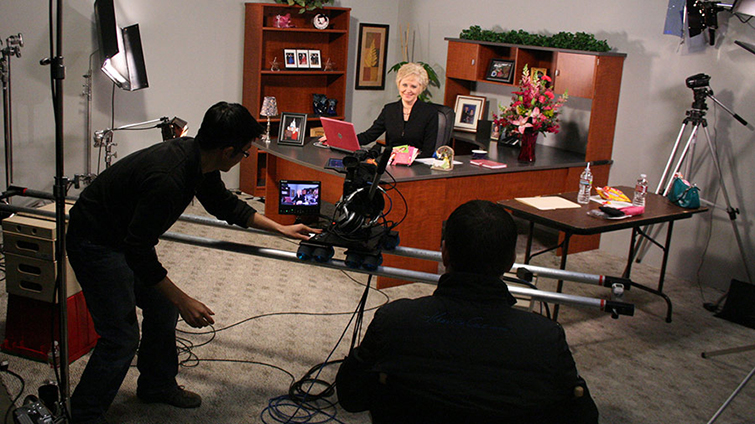 Image via Allied Video
Image via Allied Video
I’m a fan of including production elements (lights, other cameras, crew, green screen edges, etc…), but a wide shot that is significantly different from your A-cam or B-cam shots is a great way to add depth and impress magnitude. Unless you have the room to physically move much further away, you should be able to make do with a wide-angle or fisheye lens to get all the space you’d like into the shot.
Extreme Close-Ups
 Image via SWSL
Image via SWSL
Conversely from an extreme wide-angle shot, a third camera can also be used to get those extreme close-ups you would never risk shooting with an A-cam or B-cam position. Again, if your space is limited because you don’t want to encroach on your other shots, using a telephoto lens is a good way to get a nice close-up to help emphasize points in the interview. From the close-up, you have lots of options to shoot depending on what the story of the video dictates. A few suggestions:
- Faces
- Eyes
- Mouth talking
- Hands
- Legs
- Clothing
- Jewelry
Profile Shot
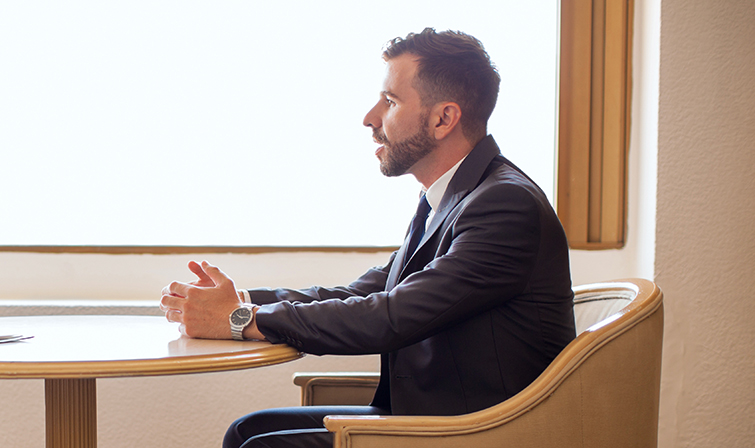 Image via Shutterstock
Image via Shutterstock
While not a practical shot for a two-camera setup, a profile shot of the subject against a flat background can be a great insert in your edit that you don’t usually get to capture. Set at a 90-degree angle against your A-cam, a profile angle can vary from a full-body wide shot to a close-up on your subject. The flat angle can help build a theme by framing the subject squarely against a background — which will bring us to our next point.
Use the Background
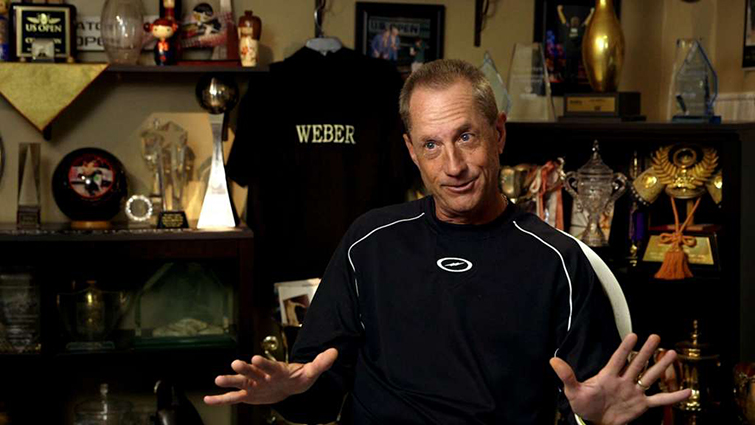
Like the points above state, using a third camera gives you a chance to be a little more thematic and objective in how you shoot your interview. You even have the option of setting up a shot where the subject is no longer the sole focus. If the background of the interview plays thematically into your story, you can frame up your subject to be overshadowed by what is behind him or her. This can be done in several ways to pull the viewer’s attention away through focus, light levels, exposure, or creating a silhouette.
What’s your take on using a third camera for interviews? Let us know in the comments.





